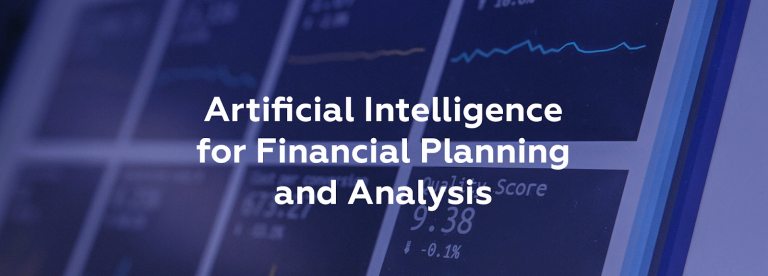How to Get Started with AI Data Visualization: Tips and Best Practices

AI data visualization is transforming how we understand complex data. Using artificial intelligence to visualize data can uncover patterns, trends, and insights that might otherwise go unnoticed. In this post, we’ll explore how to get started with AI data visualization and share some tips and best practices to help you succeed.
What is AI Data Visualization?
AI data visualization involves using machine learning algorithms to analyze and present data in visual formats like charts, graphs, and maps. These visuals can help you make sense of large datasets quickly and efficiently.
Getting Started with AI Data Visualization
Here are some steps to help you get started with AI data visualization:
Define Your Goals
Before starting, clarify your objectives. Do you aim to spot trends, forecast results, or reveal patterns? Understanding your goals will steer your strategy and help gather relevant data.
Choose the Right Tools
Various AI data visualization tools are out there, so picking the right one is key. Options like Tableau, Power BI, and QlikView leverage machine learning to craft interactive visualizations for data exploration and analysis.
Collect and Prepare Your Data
Clean, organized data is crucial for accurate analysis. Remove duplicates, manage missing values, and maintain consistency. Python’s Pandas library aids in data cleaning and preparation.
Use Machine Learning Models
Once your data is ready, you can apply machine learning models to analyze it. Some common models used in AI data visualization include:
Clustering
This technique groups similar data points by characteristics, aiding in pattern identification within the data. Commonly used in market segmentation, image analysis, and social network analysis.
Regression
Regression analysis predicts outcomes based on input variables, showing relationships between factors. Commonly used in forecasting, risk assessment, and financial modeling for informed decisions.
Classification
Classification categorizes data into preset classes based on features. Crucial for tasks like spam detection, sentiment analysis, and medical diagnosis, accurate classification significantly influences outcomes.
Visualize Your Data
After applying machine learning models, it’s time to visualize the results. Choose visual formats that best represent your data and make it easy to understand. Common options include:
- Line Charts
- Bar Charts
- Scatter Plots
Visiting www.calculum.ai for instance you would see them use these options. Platforms like these help you visualize data for informed decision-making.
Best Practices for AI Data Visualization
To make the most of your AI data-visualization efforts, consider these best practices:
Keep It Simple
Simplicity is key when it comes to data visualization. Avoid clutter and focus on the most critical information. Simple visuals are easier to understand and more impactful.
Use Clear Labels and Legends
Ensure that your charts and graphs have clear labels and legends. This helps viewers understand what they are looking at and makes your visuals more accessible.
Choose the Right Color Palette
Colors can enhance your visualizations, but they should be used wisely. Stick to a consistent color palette and use colors to highlight important data points.
Test and Iterate
AI data visualization is an iterative process. Test different models and visual formats to see what works best for your data. Continuously refine your approach based on feedback and new AI visual insights.
Read Also: AI in Financial Planning: Shaping the Future of Financial Advisory Services
Get Started with AI Data Visualization Today
AI data visualization is a powerful tool for making sense of complex data. By following these steps and best practices, you can get started with AI data visualization and unlock valuable insights.
Ready to take the next step? Start exploring AI data visualization tools and see how they can transform your data analysis efforts.
For more captivating content, explore our articles covering various topics.





